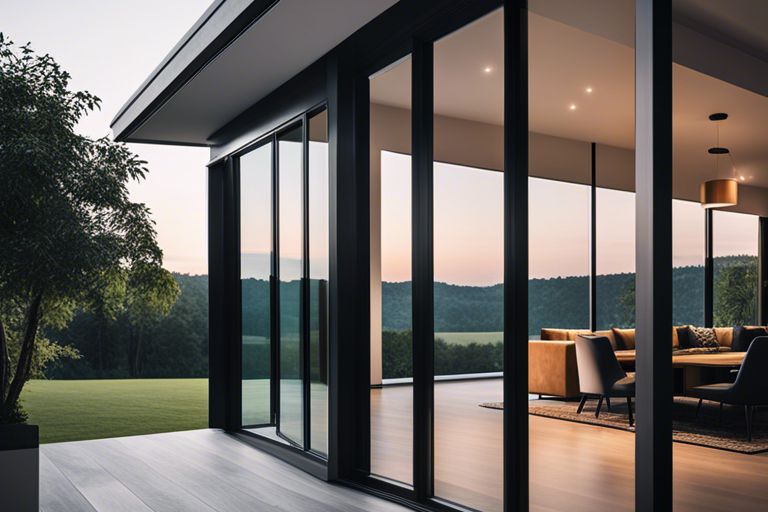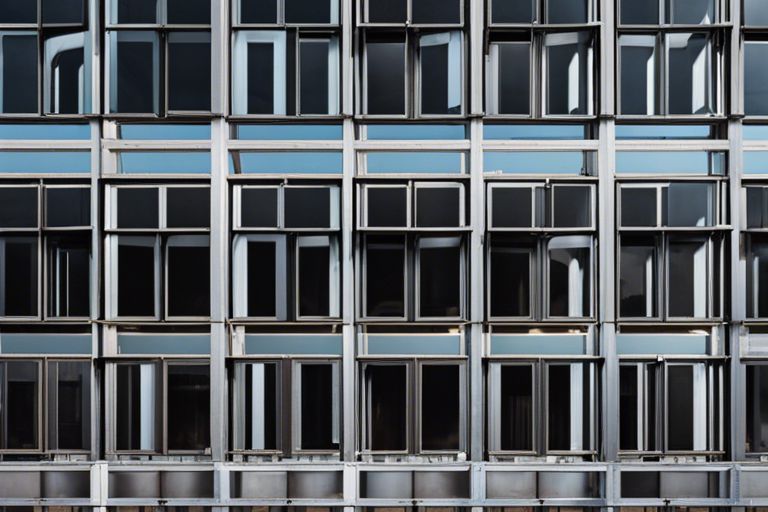When it comes to installing flat rooflights, it is crucial to follow a meticulous process to ensure safety and efficiency. Professional installers adhere to strict guidelines to guarantee a secure and seamless installation. From weatherproofing to structural integrity, every step is carefully planned and executed. The importance of proper insulation and water drainage cannot be overstated to prevent potential leaks and water damage. Paying attention to detail and using the right tools are key aspects of the process. Understanding the risk associated with improper installation emphasises the need for a professional to handle the task, ensuring a long-lasting and reliable result for your property.
Key Takeaways:
- Proper Planning: Planning is crucial for a successful installation process of flat rooflights. Ensure that measurements are accurate and all materials are prepared in advance.
- Professional Expertise: It is recommended to hire professionals with expertise in installing flat rooflights to ensure a high-quality finish and avoid any potential issues.
- Regular Maintenance: Once the flat rooflights are installed, it is important to regularly maintain them to ensure their longevity and performance. Check for any signs of damage or leaks and address them promptly.

Understanding Flat Rooflights
Flat rooflights are an excellent way to bring natural light into a property with a flat roof. They are specially designed windows that sit flush to the roofline, allowing for increased sunlight penetration and providing a contemporary aesthetic to the building.
Types of Flat Rooflights
There are several types of flat rooflights available in the market, each catering to different needs and preferences. Fixed flat rooflights are stationary windows that cannot be opened, vented flat rooflights can be opened manually or electronically for ventilation purposes, and walk-on flat rooflights are designed to bear weight and can be incorporated into terrace areas. Recognising the right type of flat rooflight for your project is crucial for achieving the desired functionality and aesthetic.
| Fixed Flat Rooflights | Vented Flat Rooflights |
| Walk-on Flat Rooflights | |
Recognising the right type of flat rooflight for your project is crucial for achieving the desired functionality and aesthetic.
Benefits of Installing Flat Rooflights
Installing flat rooflights can significantly enhance the overall appeal and functionality of a living space. They provide natural light that can improve mood and productivity, reduce the need for artificial lighting during the day, and positively impact energy efficiency by lowering utility costs.
Additionally, flat rooflights create a seamless connection between indoor and outdoor spaces, making rooms feel more spacious and airy. The modern design of flat rooflights can also add value to a property and make it more attractive to potential buyers in the future.

Preparation for Installation
Assessing Roof Suitability
Before beginning the installation process for flat rooflights, it is crucial to assess the suitability of the roof. This involves checking the structural integrity of the roof to ensure it can support the weight of the rooflight. Additionally, it is important to consider the roof pitch and determine if it is suitable for a flat rooflight installation.
Another key aspect of assessing roof suitability is identifying any potential obstructions on the roof that may affect the installation process. This could include chimneys, vents, or nearby trees that may cast shadows on the rooflight. It is essential to address these issues prior to the installation to ensure a smooth and successful process.
Tools and Materials Required
When preparing for the installation of flat rooflights, it is essential to have the necessary tools and materials at hand. Some key tools required for the installation process include a drill, screwdriver, tape measure, and sealant gun. In addition, you will need materials such as flashing kits, insulation tape, and of course, the flat rooflight itself.
It is imperative to ensure that all tools and materials are of high quality to guarantee a professional and durable installation. Cutting corners with substandard tools or materials can lead to compromised results and potential safety hazards during and after the installation process.

The Installation Process
Installing flat rooflights requires precision and expertise to ensure a seamless finish that enhances natural light within a property. The installation process involves several key steps that need to be executed meticulously to guarantee a successful outcome.
Installation Site Preparation
Prior to installing flat rooflights, it is crucial to prepare the installation site adequately. This involves clearing the roof area of any debris or obstructions to provide a safe working environment for the installation team. Additionally, ensuring the roof surface is clean and level is essential to facilitate a smooth installation process.
Furthermore, checking the roof structure for compatibility with the selected flat rooflights is vital to prevent any issues during installation. Measuring and marking the precise locations for the rooflights will help to avoid errors and ensure a precise fit.
Step-by-Step Installation Guide
When it comes to the step-by-step installation of flat rooflights, following a structured approach is paramount to achieving a professional finish. The process can be broken down into the following key steps:
| Step 1 | Prepare the Installation Site |
| Step 2 | Secure the Rooflight Frame in Place |
| Step 3 | Seal the Edges and Ensure Waterproofing |
| Step 4 | Test for Proper Operation and Sealant Integrity |
Each step should be carried out meticulously, paying careful attention to detail and following manufacturer guidelines. Improper installation can lead to water leakage, structural damage, and safety hazards. Therefore, it is imperative to adhere to best practices throughout the installation process to ensure a successful outcome.
Post-Installation
Once the flat rooflights are successfully installed, it is crucial to pay attention to the post-installation steps to ensure their long-term performance and durability. This phase includes sealing and weatherproofing as well as implementing maintenance tips for longevity.
Sealing and Weatherproofing
After the installation of flat rooflights, the sealing process is essential to prevent any water leakage into the property. Using high-quality sealants that are compatible with the roofing materials is crucial for weatherproofing the rooflights. It is recommended to carry out regular checks to ensure the seals remain intact and effective, especially after extreme weather conditions.
To enhance the weatherproofing of flat rooflights, inspect the surrounding roof area for any signs of damage or wear. Investing in additional weatherproofing measures such as installing flashing or applying sealant around the edges can provide extra protection against leaks. After sealing and weatherproofing, conduct a water test to check for any potential areas of water ingress.
Maintenance Tips for Longevity
Regular maintenance is essential for ensuring the longevity of flat rooflights. Clean the rooflights and surrounding areas at least twice a year to remove debris and prevent blockages that could lead to drainage issues. Inspect the seals and gaskets for any signs of wear or damage, and replace them if necessary to maintain optimal performance.
Implementing preventative maintenance measures can help extend the lifespan of flat rooflights. Keep an eye out for any build-up of dirt or moss on the rooflights, as this can affect their clarity and efficiency. After cleaning and inspecting the rooflights, document the maintenance activities carried out and schedule periodic checks to ensure they remain in top condition.
The Installation Process for Flat Rooflights – A Professional Overview
To sum up, the installation process for flat rooflights requires precision, expertise, and attention to detail to ensure a successful outcome. From the initial measurements and roof preparation to the final sealing and finishing touches, every step must be carefully executed to guarantee a watertight and durable result. By following the professional overview provided in this guide, installers can efficiently and effectively fit flat rooflights, enhancing natural light in indoor spaces while maintaining the integrity of the building envelope. It is essential to adhere to best practices and safety guidelines throughout the installation process to achieve optimal performance and longevity of flat rooflights.
FAQ
Q: What are the key considerations before installing flat rooflights?
A: Before installing flat rooflights, it is crucial to consider factors such as roof structure compatibility, waterproofing measures, and ensuring sufficient natural light penetration.
Q: What is the recommended installation process for flat rooflights?
A: The recommended installation process for flat rooflights involves preparing the roof opening, ensuring proper flashing and sealing, carefully placing the rooflight, and securing it in place to prevent any water ingress.
Q: How important is professional installation when it comes to flat rooflights?
A: Professional installation of flat rooflights is highly recommended to ensure correct fitting, waterproofing, and compliance with building regulations. It also guarantees the longevity and optimal performance of the rooflights.






